Germany
Want to hide ads?
Become a Supporting Member
Become a Supporting Member
German Tech Tree
Want to hide ads?
Become a Supporting Member
Become a Supporting Member
German Premium Ships
Aircraft Carriers
Battleships
Cruisers
Want to hide ads?
Become a Supporting Member
Become a Supporting Member
German Commanders
AL Bismarck

AL Graf Spee

AL Hipper

AL Prinz Heinrich

AL Roon

AL Scharnhorst

Augustin Riegerwald

Blue Furiora

Clara N. Teslau

Erich Bey
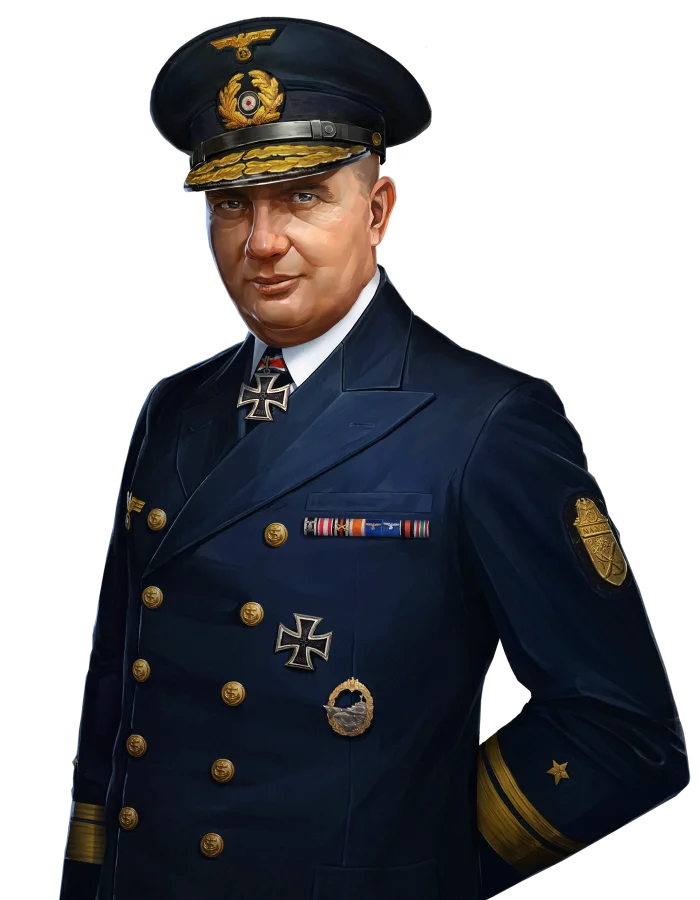
Franz von Hipper

Gunther Lutjens
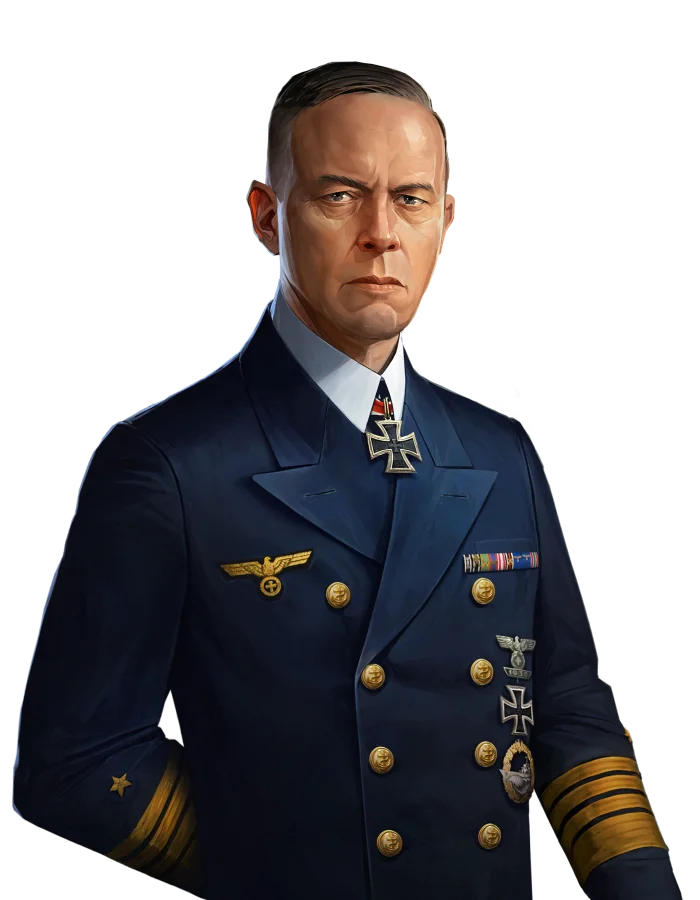
Hans Geisler

Henry J. Hide

Izayoi Nonomi

Jean Luke Pickup

Karl von Muller
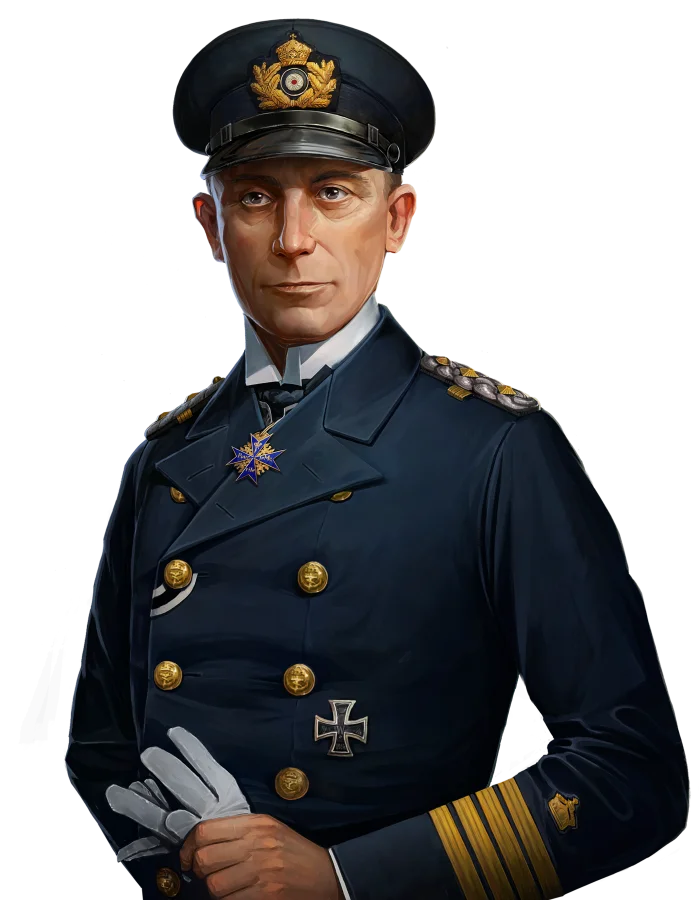
Maximillian Von Spee

Megatron

Otto Ciliax
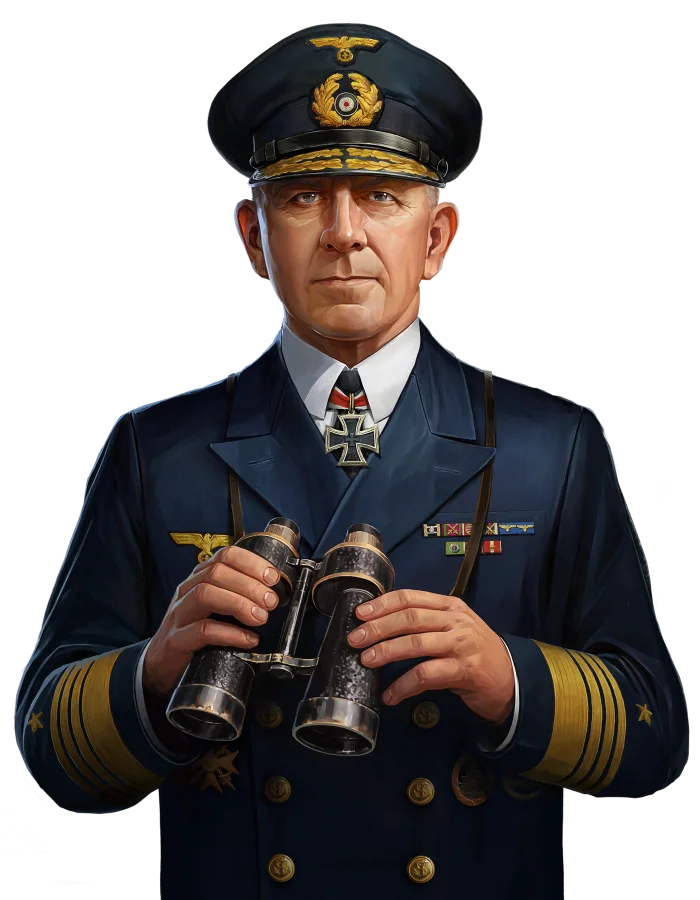
Reinhard Scheer
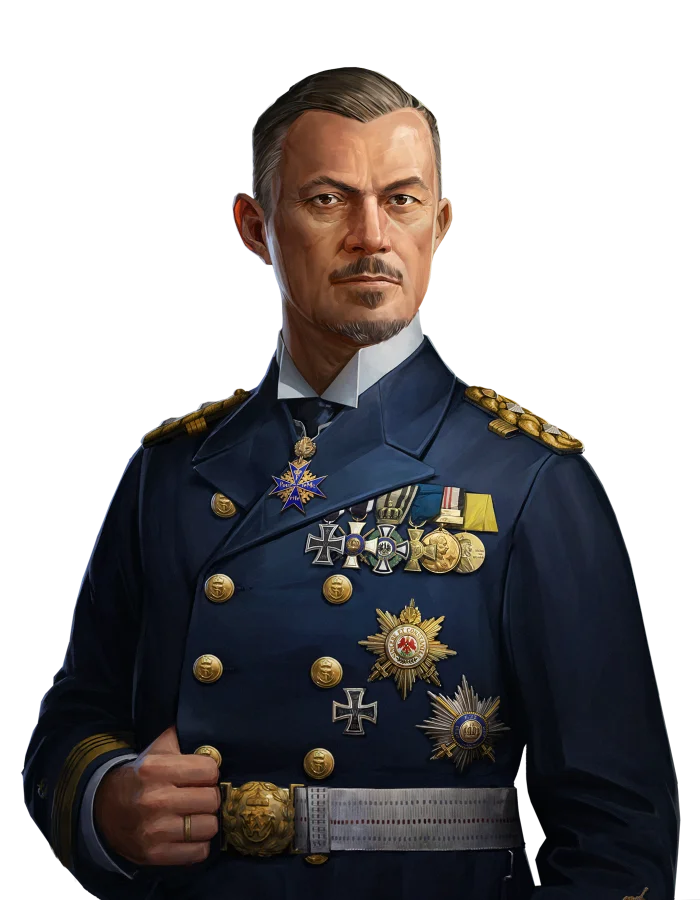
Starscream

Want to hide ads?
Become a Supporting Member
Become a Supporting Member